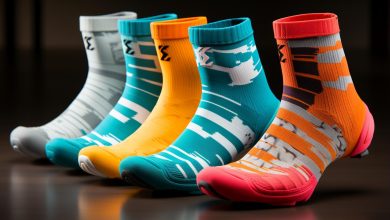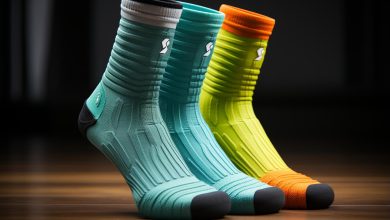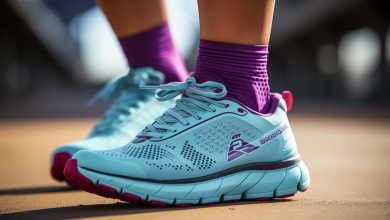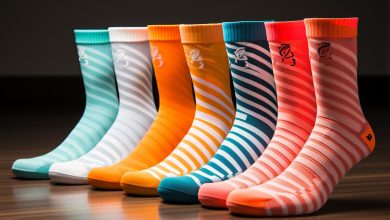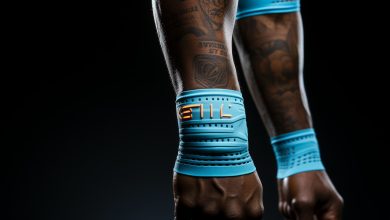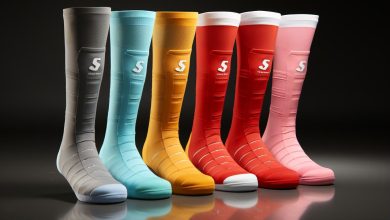Overcoming Achilles Tendonitis With Compression Gear
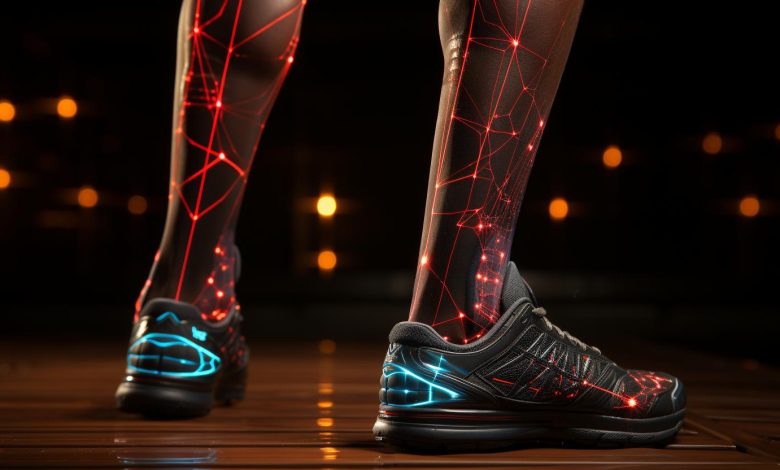
Imagine you’re a runner, feeling the wind against your face as you sprint towards the finish line. But suddenly, a sharp pain shoots through your Achilles tendon, bringing you to a halt.
Don’t let Achilles tendonitis stop you from pursuing your passion! In this article, we’ll explore how compression gear can be your secret weapon in overcoming this frustrating injury.
Discover the benefits of compression gear, learn how to choose the right one for you, and incorporate it into your recovery routine for a speedy comeback.
Understanding Achilles Tendonitis

To understand Achilles tendonitis, you should know that it is a common condition caused by inflammation of the Achilles tendon. The Achilles tendon is the largest tendon in your body and connects your calf muscles to your heel bone. It plays a crucial role in walking, running, and jumping. When this tendon becomes inflamed, it can lead to pain and discomfort.
The most common causes of Achilles tendonitis include overuse or repetitive stress on the tendon, such as excessive running or jumping activities. Other factors that can contribute to this condition are tight calf muscles, improper footwear, sudden increase in physical activity, and a lack of flexibility.
Symptoms of Achilles tendonitis may include pain along the back of the leg near the heel, swelling around the affected area, stiffness in the morning or after periods of rest, and difficulty walking or participating in physical activities.
Treatment options for Achilles tendonitis vary depending on the severity of the condition. Initially, conservative measures such as rest, ice therapy, compression bandages or sleeves for support and elevation can help alleviate symptoms. Physical therapy exercises focused on stretching and strengthening the calf muscles may also be recommended. In more severe cases where conservative treatments fail to provide relief, medical interventions like corticosteroid injections or surgery may be considered.
Understanding the causes and symptoms of Achilles tendonitis is important in order to seek appropriate treatment and prevent further damage to this vital structure in your body.
Benefits of Compression Gear for Achilles Tendonitis

Wearing compression gear can significantly reduce inflammation and improve blood circulation in your affected area. This is especially beneficial for individuals suffering from Achilles tendonitis, as it helps alleviate pain and promote healing.
Here are four key benefits of using compression gear for Achilles tendonitis:
1. Improved Blood Flow: Compression garments provide graduated pressure, which helps to enhance blood flow to the affected area. This increased circulation delivers essential nutrients and oxygen to the tissues, aiding in their recovery.
2. Reduced Swelling: Compression gear applies gentle pressure on the injured area, helping to minimize swelling by preventing fluid buildup. By reducing swelling, compression gear can help alleviate pain and discomfort associated with Achilles tendonitis.
3. Enhanced Support: The snug fit of compression gear offers extra support to the tendons and muscles around the ankle joint. This added stability can help prevent further injury or strain during physical activity.
4. Improved Performance: By reducing pain and swelling, compression gear allows individuals with Achilles tendonitis to engage in physical activities more comfortably. This can lead to improved performance by enabling better movement and mobility.
Choosing the Right Compression Gear
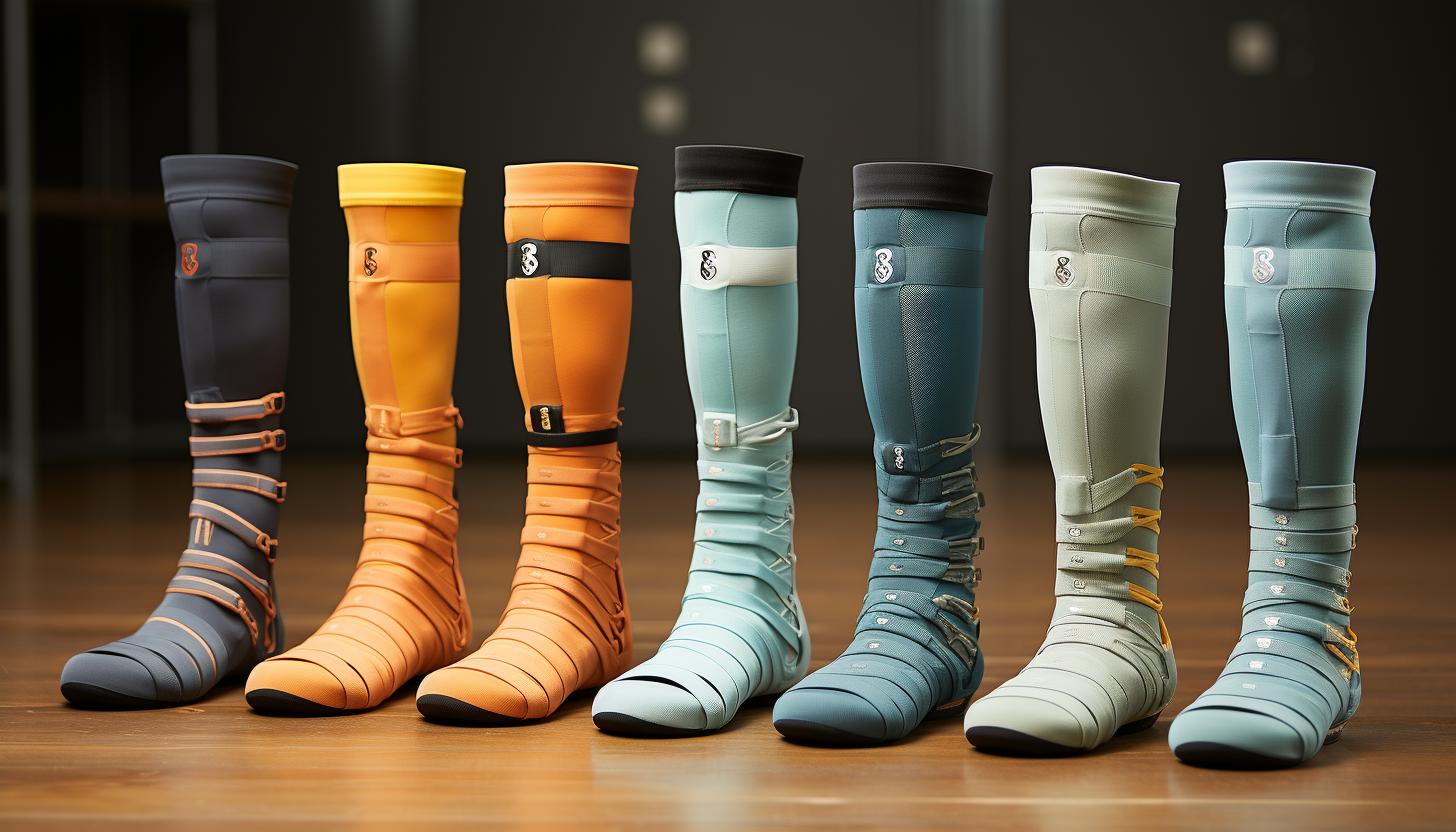
When selecting the appropriate compression gear, it’s important to consider factors such as fabric material, level of compression, and proper sizing. Compression gear features can vary greatly between brands, so it’s crucial to choose a reputable brand that offers high-quality products. Some of the best compression gear brands known for their durability and effectiveness include Nike, Under Armour, and 2XU.
Fabric material is an essential factor to consider when choosing compression gear. Look for materials that are breathable and moisture-wicking to help keep you comfortable during workouts or activities. Many brands offer a blend of fabrics like nylon, spandex, or polyester that provide the right amount of stretch and support.
The level of compression is another key consideration. Different activities may require varying degrees of pressure on the affected area. For example, if you’re recovering from Achilles tendonitis, you might opt for graduated compression socks that provide targeted support to your calf muscles and Achilles tendon.
Proper sizing is crucial for optimal performance and comfort. It’s essential to refer to the brand’s size chart before purchasing compression gear as sizes can vary across different brands. Make sure to measure yourself accurately at the widest points of your legs or arms depending on what area you need compression for.
Incorporating Compression Gear Into Your Recovery Routine

Incorporating compression gear into your recovery routine can help you achieve faster healing and reduce muscle soreness. Here are four tips to maximize your performance and enhance your recovery with compression gear:
1. Wear compression garments during exercise: Compression gear provides support to your muscles, reducing vibration and fatigue during physical activity. By wearing it while you exercise, you can minimize the risk of injury and optimize your performance.
2. Use compression socks for post-workout recovery: After a tough workout, slip on a pair of compression socks to accelerate muscle repair and prevent swelling. These socks apply pressure to the lower leg, which promotes blood flow and reduces inflammation.
3. Wear full-body compression suits for overall recovery: If you’re looking for comprehensive recovery benefits, consider investing in a full-body compression suit. These suits provide support to multiple muscle groups simultaneously, aiding in overall body recovery.
4. Utilize graduated compression technology: Look for compression gear that utilizes graduated compression technology. This means that the pressure is highest at the extremities (e.g., ankles) and gradually decreases as it moves up the limb. Graduated compression helps facilitate venous return and enhances circulation.
By incorporating these tips into your recovery routine, you’ll be able to maximize the benefits of using compression gear for both performance enhancement and injury prevention.
In the next section, we will explore how using compression gear can help prevent Achilles tendonitis and aid in its treatment.
Preventing Achilles Tendonitis With Compression Gear

To prevent Achilles tendonitis, it’s important to properly utilize compression gear in your recovery routine. Compression gear can play a crucial role in preventing injuries and providing support to your Achilles tendon. This type of gear works by applying pressure to the area, which helps improve blood circulation and reduce inflammation.
In addition to using compression gear, there are several other alternative treatments that can help prevent Achilles tendonitis. One effective method is incorporating stretching exercises into your daily routine. Stretching helps improve flexibility and strength in the muscles surrounding the Achilles tendon, reducing the risk of injury.
Another alternative treatment is strengthening exercises. By focusing on strengthening the calf muscles and improving overall lower limb strength, you can provide better support for your Achilles tendon during physical activities.
It’s also important to gradually increase your activity level instead of suddenly jumping into intense workouts or sports activities. By slowly building up the intensity and duration of your exercise routine, you give your body time to adapt and minimize the risk of overuse injuries like Achilles tendonitis.
Conclusion
In conclusion, by incorporating compression gear into your recovery routine, you can overcome Achilles tendonitis and get back to your active lifestyle.
Just like a knight dons his armor to protect himself in battle, compression gear acts as a shield for your Achilles tendon, providing support and reducing inflammation.
With the right compression gear, you can prevent future injuries and keep pushing forward.
So gear up, brave warrior, and conquer Achilles tendonitis with the power of compression.

